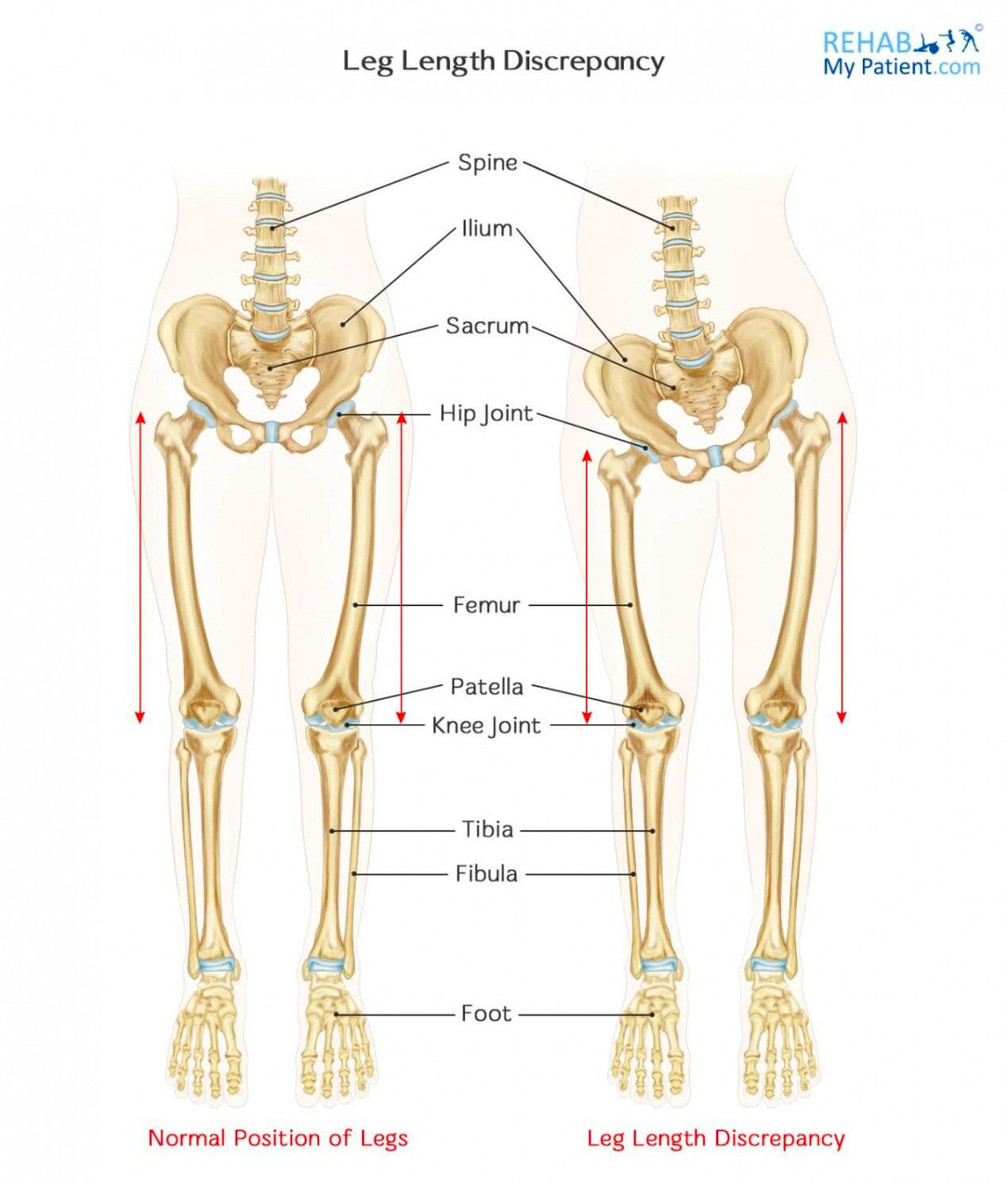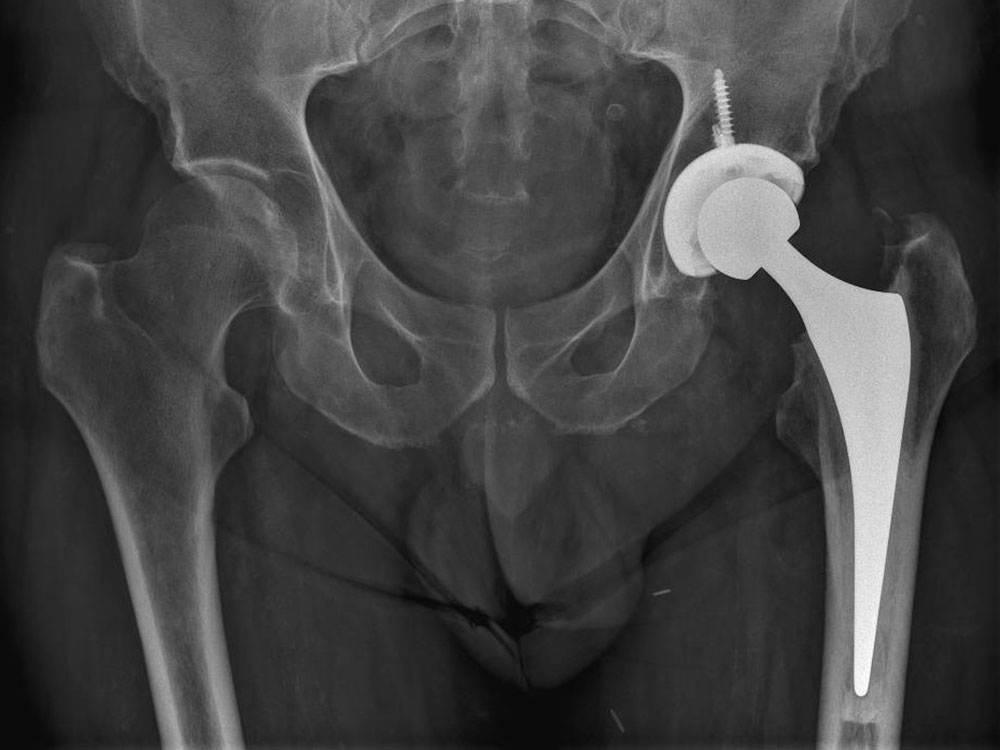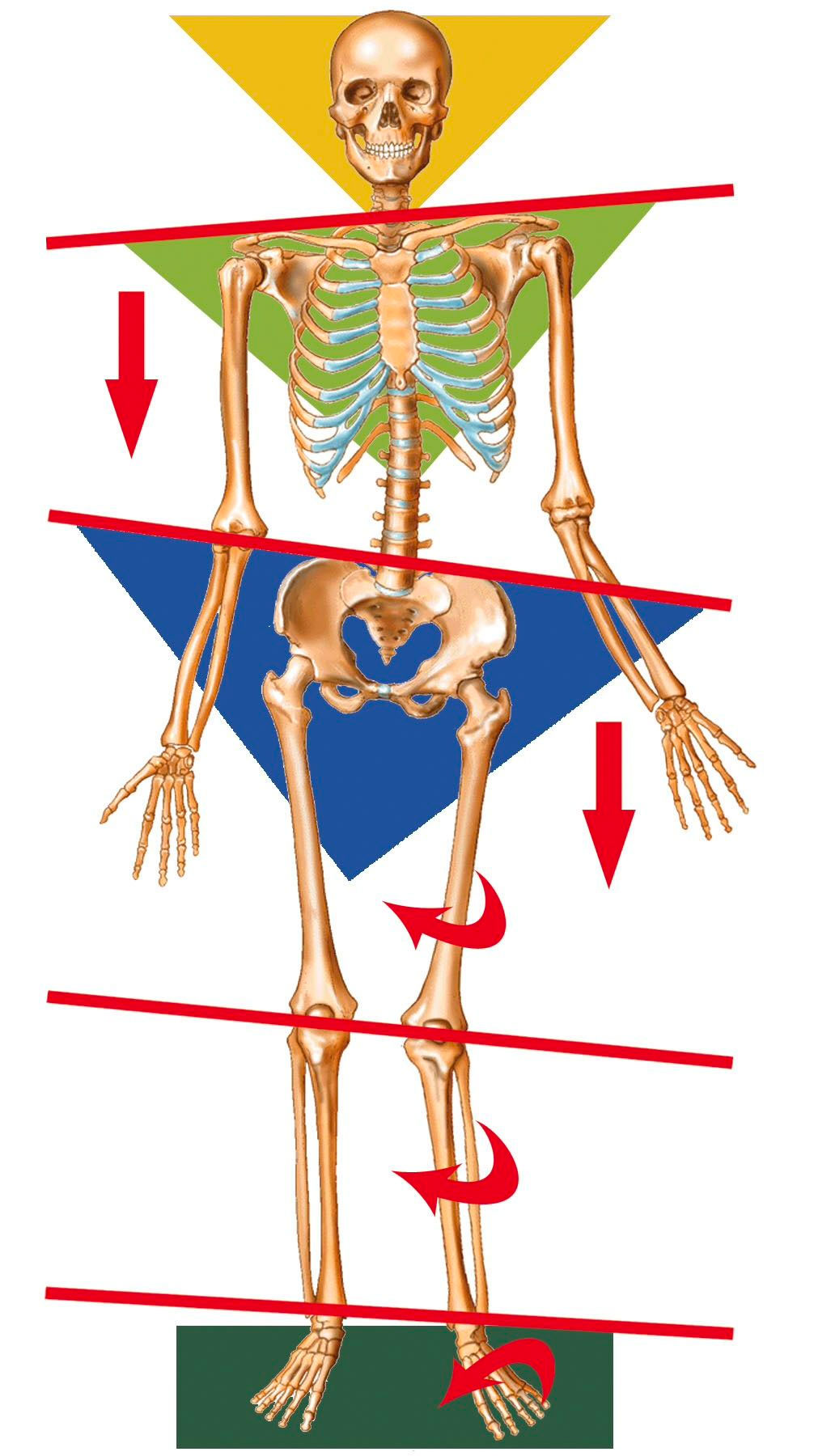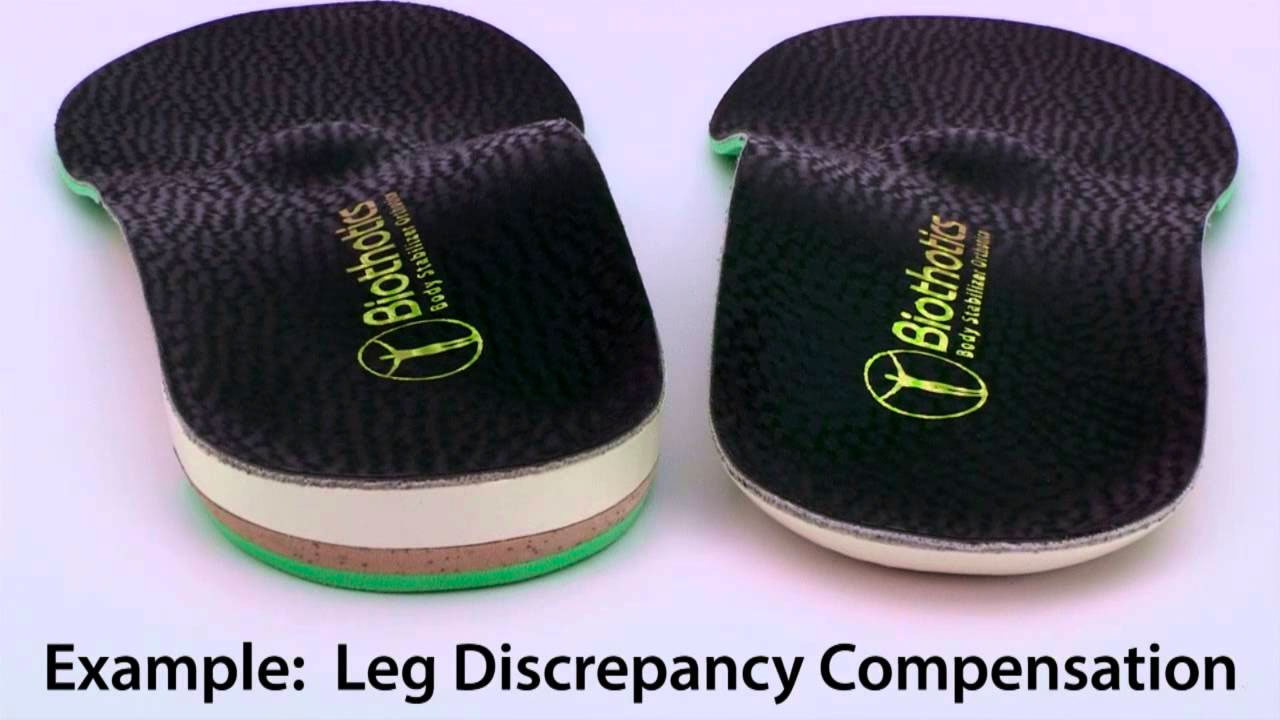
Leg Length Discrepancy
Leg length discrepancy is when there is a noticeable difference between the lengths of a pair of limbs, that is, one leg is shorter than the other. This has the potential to alter the way we load through the joints of the knee, hips, and low back, with some research suggesting that leg length discrepancies can predispose a person to:
- Osteoarthritis of the low back, hip and knee(1)
- Stress fractures of the femur, tibia or metatarsals(2)
- Gluteal bursitis or tendinopathy
Over the years, leg length discrepancies have been a topic of controversy as not everyone with a difference between limbs experiences symptoms or pain. In fact, leg length discrepancies appear to be almost universal with 90% of the general population having some degree of variance between legs. 20% of the population have a difference greater than 9mm(2)!

In some capacity, we know the body is able to adapt the way we move to compensate for uneven limb length without resulting in problems or pain. There is some evidence to say that a length discrepancy does not become clinically significant until it exceeds 20mm but even then, the relationship between uneven leg length and associated musculoskeletal conditions is not well defined(3).
Nevertheless, when a patient is complaining of pain in the low back, hip, knee pain, leg length discrepancy is always something that must be assessed for and treated if necessary.
Causes of Leg length discrepancies Strictly speaking, there are 2 types of leg length discrepancies – anatomical and functional(4).

Anatomical or “true” leg length discrepancies is when there is a physical shortening of the bones between the hip and the ankle, on one side of the body. This can occur before birth, in the form of congenital conditions, or be acquired through trauma or post elective surgery (e.g. post total hip replacement). Anatomical leg length discrepancy can be confirmed through radiographic imaging, such as full limb X-ray or CT scan.
Functional leg length discrepancies are when there is a “shortening” of the leg due to altered lower limb mechanics. Altered posture of the hip, knee or foot, joint restriction, muscle weakness or tightness are some examples of these mechanics changes. These factors may give the impression that one leg is shorter, even though bony leg length is comparable.
For example: If I stand with my left hip and knee turned inwards, it will appear that my right hip sits lower on one side and my right leg is shorter. However, this is due to the posture of my leg rather than a shortening of femur or tibia bones.

Why is this important? Determining what is causing the leg length discrepancy, and whether it is “true” or just biomechanical issue, is vital in deciding treatment. As specialists in movement patterns of the body and biomechanics, Physiotherapists and Sports Chiropractors are well equipped to assess for leg length discrepancies.
Treatment and the Role of Physio and Sports Chiro
If a person is experiencing symptoms due to a significant anatomical discrepancy a Physio’s or Sport Chiro’s role may be limited in overall management. Active therapy can do a lot to optimise a person’s movement patterns but cannot reverse this structural inequality. Options that may be considered for treatment are a shoe lift/inserts, or if the discrepancy is severe, a surgical opinion may be sorted out.

In contrast, Physio and Sports Chiro can play a huge role in correcting a functional leg length discrepancy, or even a combination of both functional and anatomical discrepancy. Through targeted exercise-based therapy and manual techniques, Physical can help to reverse the unhelpful movement patterns that are causing the limb to appear shortened, and hence reduce pain and symptoms. In cases such as these, individualised assessment and rehabilitation is integral to the success of conservative management..
References:
1. Murray KJ, Azari MF. Leg length discrepancy and osteoarthritis in the knee, hip and lumbar spine. J Can Chiropr Assoc. 2015 Sep;59(3):226-37. PubMed PMID: 26500356; PubMed Central PMCID: PMC4593034.
2. Friberg, O. (1982). Leg length asymmetry in stress fractures. A clinical and radiological study. The Journal of Sports Medicine and Physical Fitness, 22(4), pp. 485-8
3. Knutson, Gary. (2005). Anatomic and functional leg-length inequality: a review and recommendation for clinical decision-making. Part II. The functional or unloaded leg-length asymmetry. Chiropractic & osteopathy. 13. 12. 10.1186/1746-1340-13-12.
4. Khamis S, Carmeli E. A new concept for measuring leg length discrepancy. J Orthop. 2017 Mar 27;14(2):276-280. doi: 10.1016/j.jor.2017.03.008. eCollection 2017 Jun. PubMed PMID: 28392634; PubMed Central PMCID: PMC5376249.
